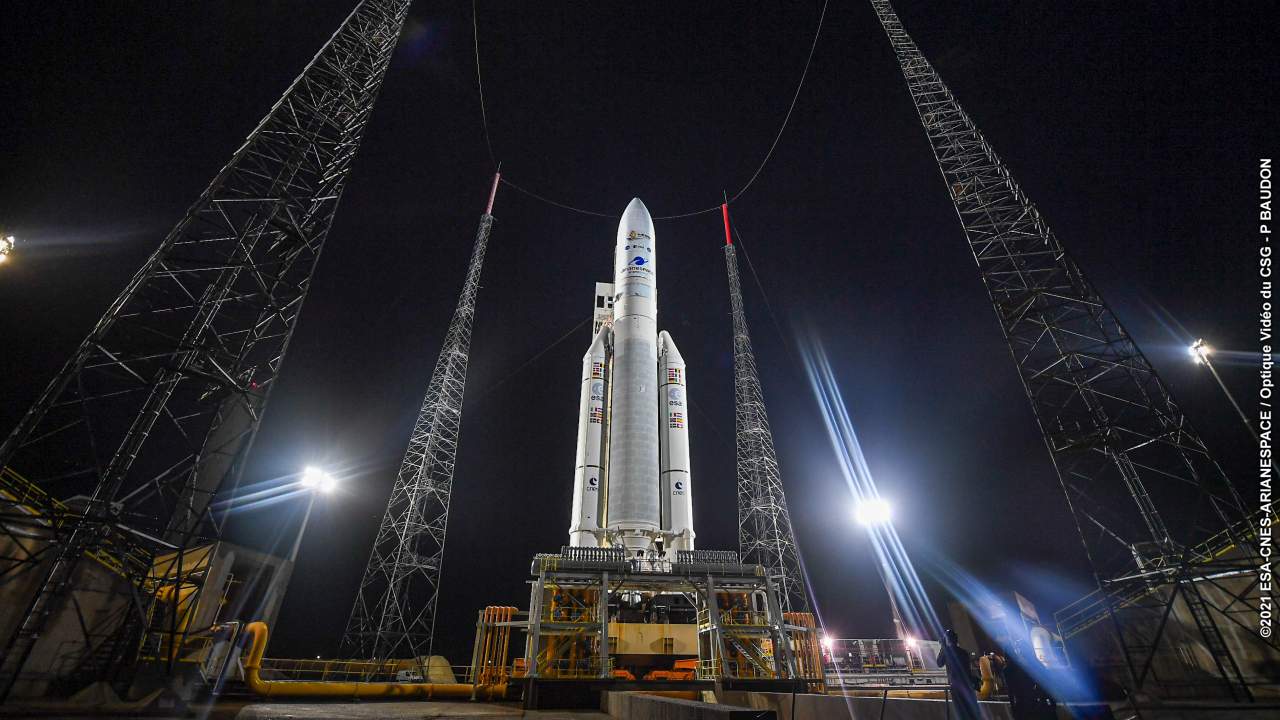Last week, with little fanfare or publicity, NATO launched its new space policy. What it actually released, was an acknowledgment that its member states were pursuing space capabilities and that, in the case of space-related conflict, the alliance will work together.
It appears very little progress has been made in the three years since NATO declared space as an operational domain, and, what progress it has made shows that those who argue for a distinctly limited role for NATO in space have won for the moment. For the alliance to operate successfully in the age of great power competition, it must make progress in three areas — recognizing the reality of necessary alliance capabilities, defining Article 5 (mutual defense) triggers for space, and engaging the key players within the industry.
First and foremost, whether or not NATO should pursue its own indigenous capabilities within the space domain is an ongoing dialogue. This is not without precedent, as NATO still operates its own airborne early warning (AWACS) and RQ-4D Global Hawk drones. That said, it seems those arguing for a minimalist approach are winning the strategy discussions. This is unfortunate for an alliance that continues to evolve: without its own space capabilities, NATO could be relegated to observer status in a future conflict.
This leads to the critical issue of Article 5. The policy statement says: “A decision as to when such attacks would lead to the invocation of Article 5 would be taken by the North Atlantic Council on a case-by-case basis.” This leaves much to the imagination.
Before the abortive “red lines” in Syria, such guardrails were key in preventing the Cold War from turning hot. NATO would do well to define these for space sooner rather than later. Would an attack on a national technical means verification (NTM) satellite trigger Article 5? What about on a dual-use (those with both a defense and commercial use) communications satellite, or even a purely commercial satellite internet asset? The alliance needs to clearly outline these to prevent miscalculations by potential adversaries.
Thirdly and finally, is industry engagement. Within the space sector, the majority of new capabilities and significant innovation over the last decade have been driven by venture-backed space startups, across the entire value chain including launch services, satellite manufacturing, and satellite imagery. Despite this, the policy only highlights the NATO Industrial Advisory Group and the NATO-Industry Forum, which have seen only limited engagement with the leading venture-backed companies in the space sector and defense more generally These groups still disproportionately rely on legacy aerospace and defense companies. If NATO is not proactive in soliciting and providing incentivization to venture-backed companies, it will be left even further behind technologically.
Overall, NATO has the opportunity to address a key capability gap in space, now arguably the most critical operational domain. However, to do so it needs to be more forward-leaning in staking out its role in the evolving great power competition environment. This can and should include developing indigenous capabilities in concert with its member states, particularly those who are looking to develop space capabilities, but lack the resources of the largest alliance members. Second, NATO must create clear, public red lines when it comes to potential kinetic or non-kinetic attacks on member states’ space assets. Finally, NATO must change its traditional industry engagement model, the current frameworks are ill-suited to space capabilities.
Nicholas Nelson is a Senior Fellow for Emerging Tech and Policy at the Center for European Policy Analysis (CEPA). He is also a Principal and Senior Technology Advisor at the Georgia Tech Research Institute (GTRI), focused on emerging defense and dual-use technologies.
Europe’s Edge is CEPA’s online journal covering critical topics on the foreign policy docket across Europe and North America. All opinions are those of the author and do not necessarily represent the position or views of the institutions they represent or the Center for European Policy Analysis.





